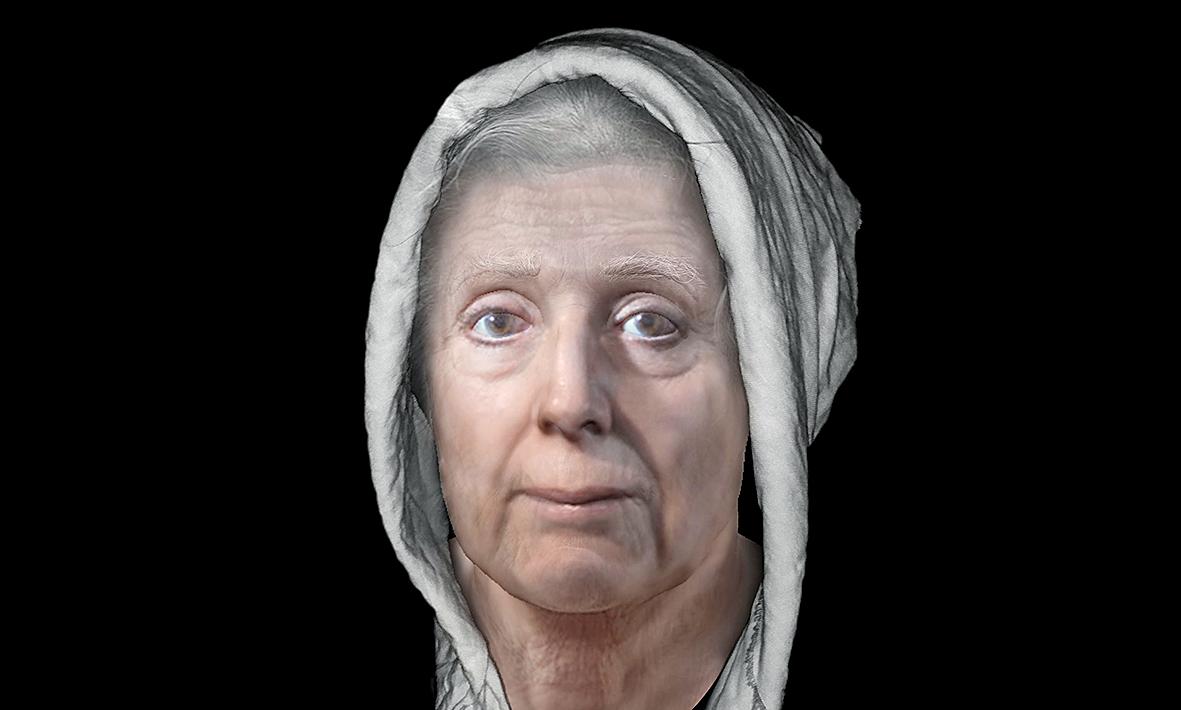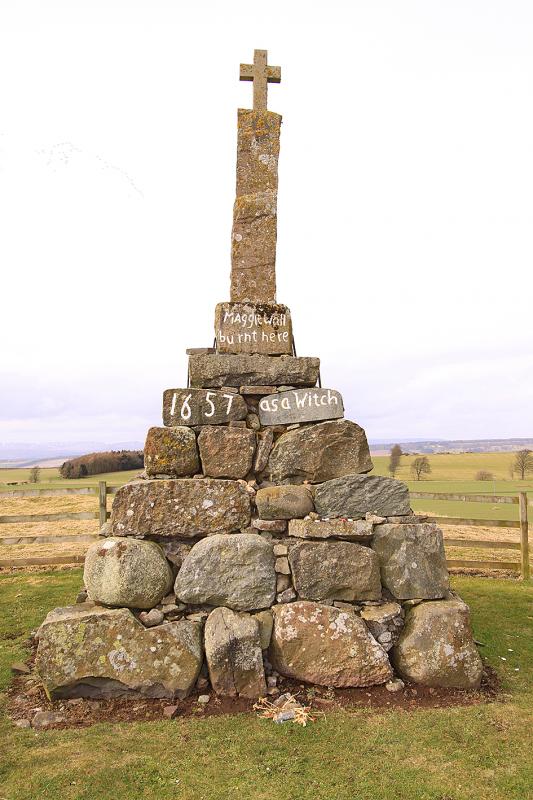From allegations of cursing the king’s ships, to shape-shifting into animals and birds, or dancing with the devil, a satanic panic in early modern Scotland meant that thousands of women were accused of witchcraft in the 16th to 18th centuries with many executed.
Now, three centuries after the Witchcraft Act was repealed, campaigners are on course to win pardons and official apologies for the estimated 3,837 people — 84 percent of whom were women — tried as witches, of which two-thirds were executed and burned.
After a two-year campaign by the Witches of Scotland group, a member’s bill in the Scottish parliament has secured the support of Nicola Sturgeon’s administration to clear the names of those accused, the Sunday Times reported.

Photo courtesy of Wikimedia Commons
The move follows a precedent by the Massachusetts House of Representatives in the US that proclaimed victims of the Salem witch trials innocent in 2001.
Scotland’s indefatigable pursuit of witches between 1563, when the Witchcraft Act was brought in, and 1736, when it was finally repealed, resulted in five “great Scottish witch-hunts” and a series of nationwide trials.
The earliest witch-hunts were sanctioned by James VI of Scotland, later James I of England and Ireland, who believed witches plotted against his Danish bride by summoning up storms to sink his ships. Among those accused in 1590 was Geillis Duncan — whose character featured in the Outlander TV series — and who admitted under torture to meeting the devil to thwart the king’s ships.

Photo courtesy of Wikimedia Commons
Another, Agnes Sampson, had confessed that 200 women witnessed the devil preach at North Berwick on Halloween where the king’s destruction was plotted. Other well-known cases include Lilias Adie, from Torryburn, Fife, accused of casting a spell to cause a neighbor’s hangover; while Issobell Young, executed at Edinburgh Castle in 1629, was said by a stable boy to have shape-shifted into an owl, and was accused of having a coven.
With witchcraft a capital crime, the convicted were usually strangled to death then burned at the stake so as to leave no body to bury. Many confessed under torture, which included sleep deprivation, the crushing and pulling out of fingernails, and pricking of the skin with needles and bodkins to see if the accused bled.
The Witches of Scotland Web site notes that signs associated with witchcraft — broomsticks, cauldrons, black cats and black pointed hats — were things also associated with “alewives,” the name for women who brewed weak beer to combat poor water quality. The broomstick sign was to let people know beer was on sale, the cauldron to brew it, the cat to keep mice down, and the hat to distinguish them at market. Women were ousted from brewing and replaced by men once it became a profitable industry.
Claire Mitchell QC, who leads the Witches of Scotland campaign, said it was seeking pardons, apologies and also a national monument to the mainly female victims of the witch-hunts. “Per capita, during the period between the 16th and 18th century, we [Scotland] executed five times as many people as elsewhere in Europe, the vast majority of them women,” she told the Sunday Times.
“To put that into perspective, in Salem, 300 people were accused and 19 people were executed. We absolutely excelled at finding women to burn in Scotland. Those executed weren’t guilty, so they should be acquitted.”

Aug. 25 to Aug. 31 Although Mr. Lin (林) had been married to his Japanese wife for a decade, their union was never legally recognized — and even their daughter was officially deemed illegitimate. During the first half of Japanese rule in Taiwan, only marriages between Japanese men and Taiwanese women were valid, unless the Taiwanese husband formally joined a Japanese household. In 1920, Lin took his frustrations directly to the Ministry of Home Affairs: “Since Japan took possession of Taiwan, we have obeyed the government’s directives and committed ourselves to breaking old Qing-era customs. Yet ... our marriages remain unrecognized,

During the Metal Ages, prior to the arrival of the Dutch and Chinese, a great shift took place in indigenous material culture. Glass and agate beads, introduced after 400BC, completely replaced Taiwanese nephrite (jade) as the ornamental materials of choice, anthropologist Liu Jiun-Yu (劉俊昱) of the University of Washington wrote in a 2023 article. He added of the island’s modern indigenous peoples: “They are the descendants of prehistoric Formosans but have no nephrite-using cultures.” Moderns squint at that dynamic era of trade and cultural change through the mutually supporting lenses of later settler-colonialism and imperial power, which treated the indigenous as

An attempt to promote friendship between Japan and countries in Africa has transformed into a xenophobic row about migration after inaccurate media reports suggested the scheme would lead to a “flood of immigrants.” The controversy erupted after the Japan International Cooperation Agency, or JICA, said this month it had designated four Japanese cities as “Africa hometowns” for partner countries in Africa: Mozambique, Nigeria, Ghana and Tanzania. The program, announced at the end of an international conference on African development in Yokohama, will involve personnel exchanges and events to foster closer ties between the four regional Japanese cities — Imabari, Kisarazu, Sanjo and

By 1971, heroin and opium use among US troops fighting in Vietnam had reached epidemic proportions, with 42 percent of American servicemen saying they’d tried opioids at least once and around 20 percent claiming some level of addiction, according to the US Department of Defense. Though heroin use by US troops has been little discussed in the context of Taiwan, these and other drugs — produced in part by rogue Chinese Nationalist Party (KMT) armies then in Thailand and Myanmar — also spread to US military bases on the island, where soldiers were often stoned or high. American military policeman